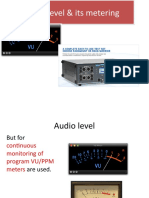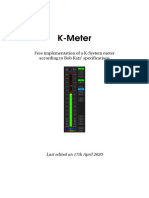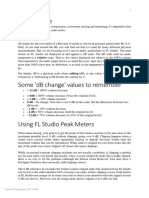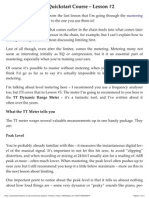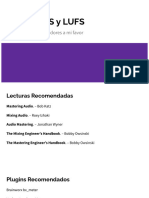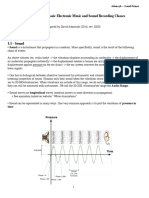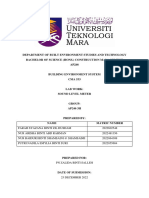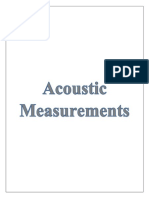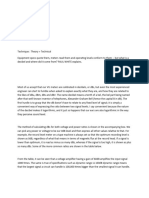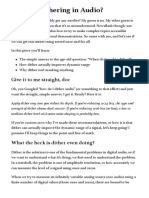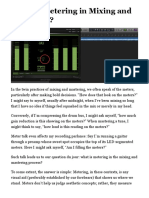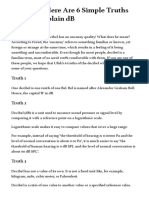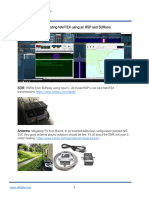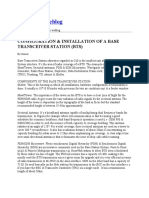100% found this document useful (1 vote)
159 views8 pagesWhat Is Loudness? - Sonarworks Blog
This document discusses the concept of loudness in audio engineering. It begins by explaining that loudness is subjective and based on perception, unlike volume which has an objective measurement. It then covers different methods of measuring volume, including decibel scales for analog and digital audio. It also distinguishes between peak and RMS metering. The document introduces the K-System approach to standardizing loudness levels and monitoring. Finally, it discusses the LUFS standard for measuring perceived loudness over time which is now commonly used for video, film and streaming services.
Uploaded by
CHakornCopyright
© © All Rights Reserved
We take content rights seriously. If you suspect this is your content, claim it here.
Available Formats
Download as PDF, TXT or read online on Scribd
100% found this document useful (1 vote)
159 views8 pagesWhat Is Loudness? - Sonarworks Blog
This document discusses the concept of loudness in audio engineering. It begins by explaining that loudness is subjective and based on perception, unlike volume which has an objective measurement. It then covers different methods of measuring volume, including decibel scales for analog and digital audio. It also distinguishes between peak and RMS metering. The document introduces the K-System approach to standardizing loudness levels and monitoring. Finally, it discusses the LUFS standard for measuring perceived loudness over time which is now commonly used for video, film and streaming services.
Uploaded by
CHakornCopyright
© © All Rights Reserved
We take content rights seriously. If you suspect this is your content, claim it here.
Available Formats
Download as PDF, TXT or read online on Scribd
/ 8




